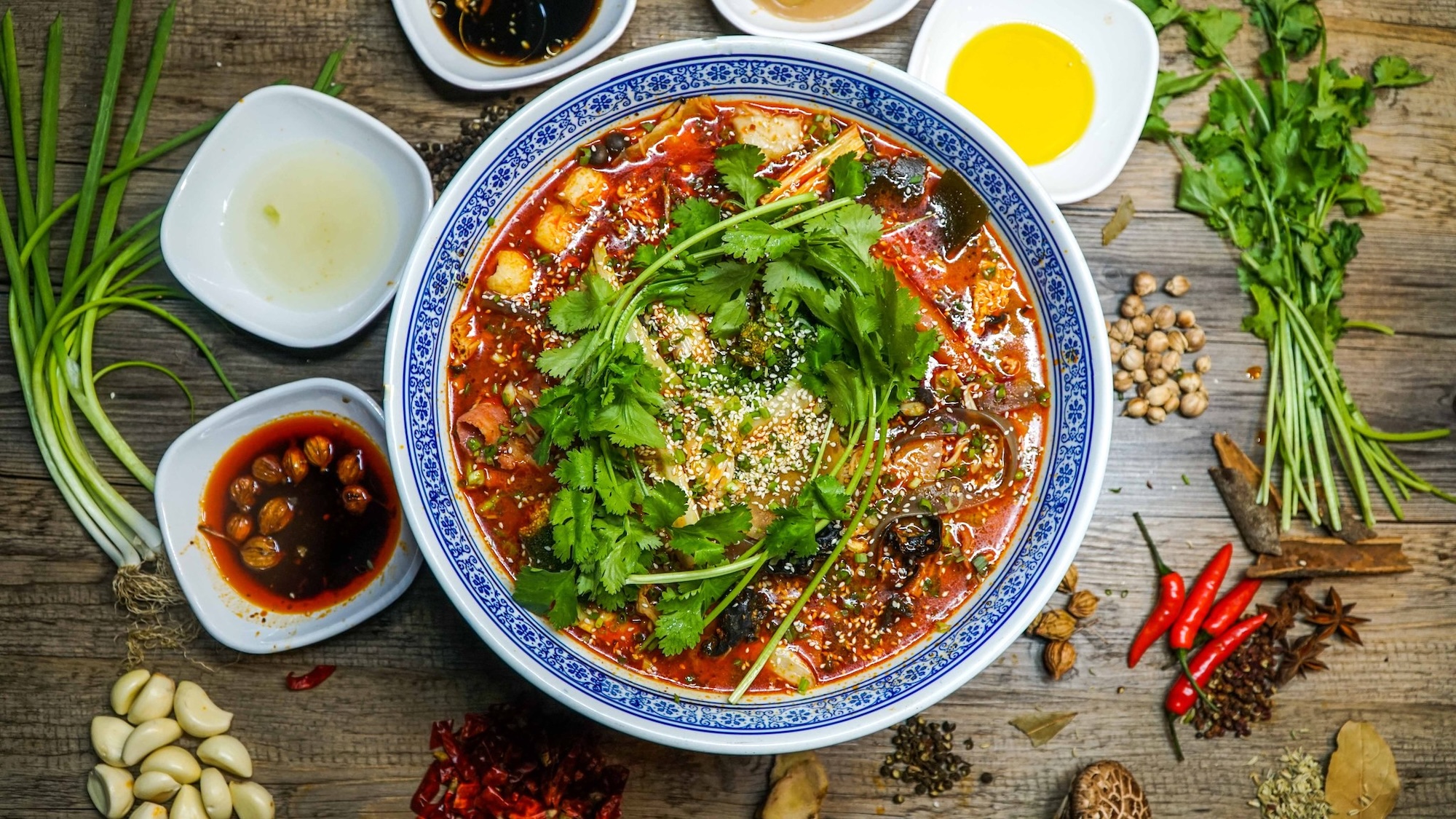Around a year before the pandemic, John Derrick Tin was on a routine business trip in mainland China to source shoes for his Philippine business. His food budget was limited, but he also didn’t want to scrimp on a good, healthy meal.
Some years back, Jeff Li, born and raised in Binondo, Manila, was also sourcing Chinese anik-anik for his novelty goods business targeting college students and had just landed somewhere in Guangzhou. It was a damp, cold, rainy night and Li was tired from the flight, hungry, and on a budget.
In both instances, Tin and Li found comfort, satiation, and quite literally a new direction in a humble street food known as malatang.
Beyond a food trend, malatang might just become the next Filipinized staple much like unli samgyeopsal, P99 ramen, and tapsi house biryani.
Today, Tin runs Souper Hot Malatang, based in Cubao and with a newly-opened branch in Maginhawa, and Li runs Sichu Malatang, headquartered in Pasay but now in places like Eastwood and BGC. Both businesses opened on the cusp of the pandemic and have not only survived but are thriving.
Beyond a food trend, malatang might just become the next Filipinized staple much like unli samgyeopsal, P99 ramen, and tapsi house biryani.
The silk–or spice?–road
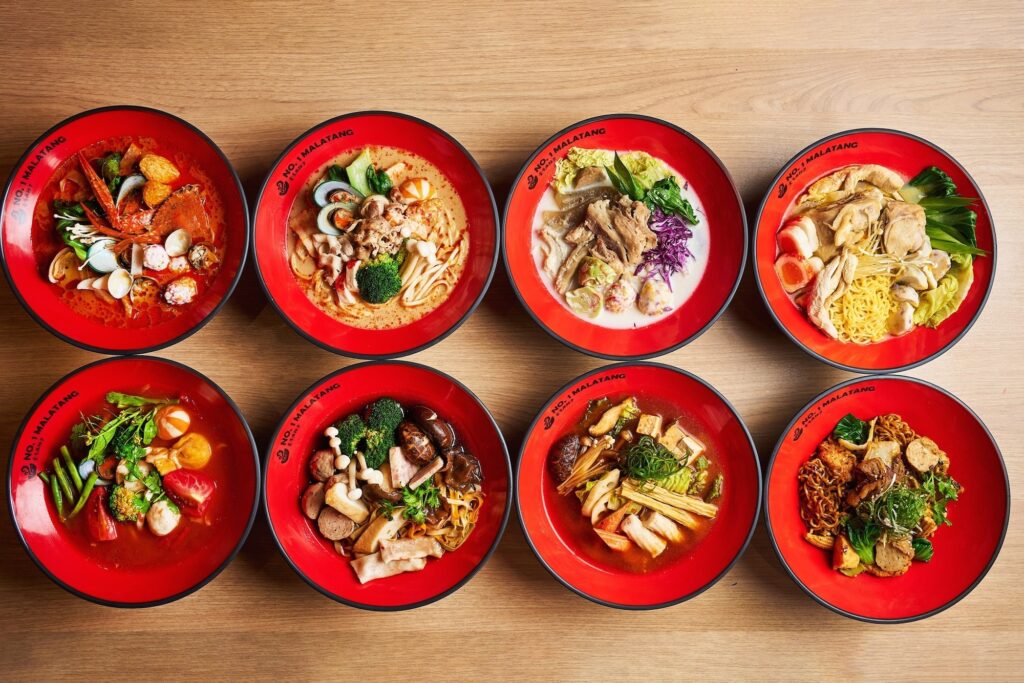
What most Filipinos know as Chinese food is heavily derived from Southern Chinese food. And travelers who’ve been to China, and analogous places like Taiwan or Singapore, might notice close resonances between our dishes and theirs: sotanghon, mami, lugaw, albeit named differently.
Given China’s vastness both geographically and culturally (it’s been said that China is more continent than country), there’s much more to explore, from robust northern flavors where sorghum competes with rice as the staple crop all the way to distinct spices gifted by Central China’s terroir.
Malatang isn’t actually new, it’s been around for a while but was marketed mostly to the current wave of mainland Chinese migrants living and working in Metro Manila, with restaurants in Makati and Pasay with barely any English or Filipino signage. Aside from Sichu and Souper Hot, No.1 Malatang is another recently opened malatang restaurant catering more to Filipinos.
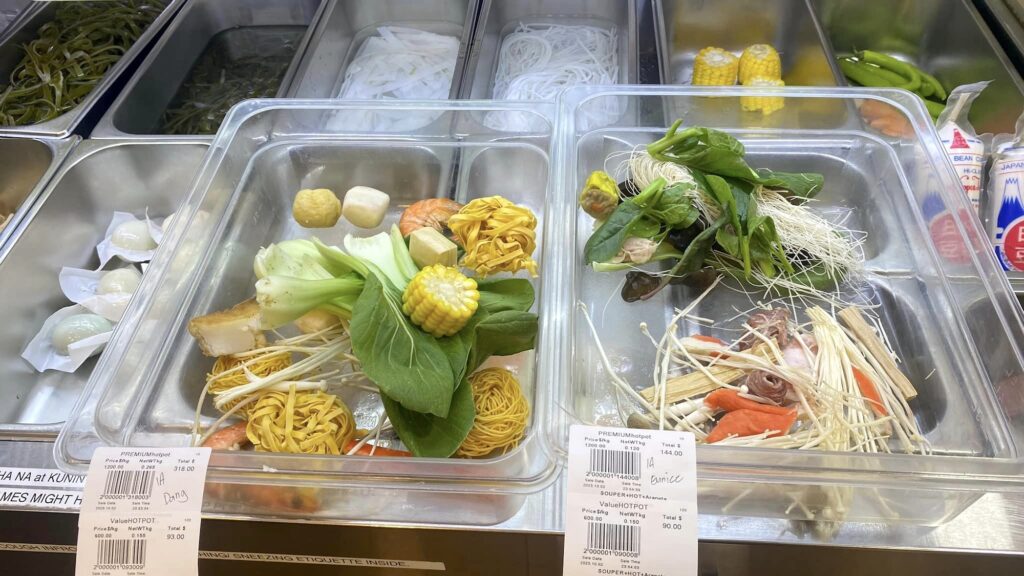
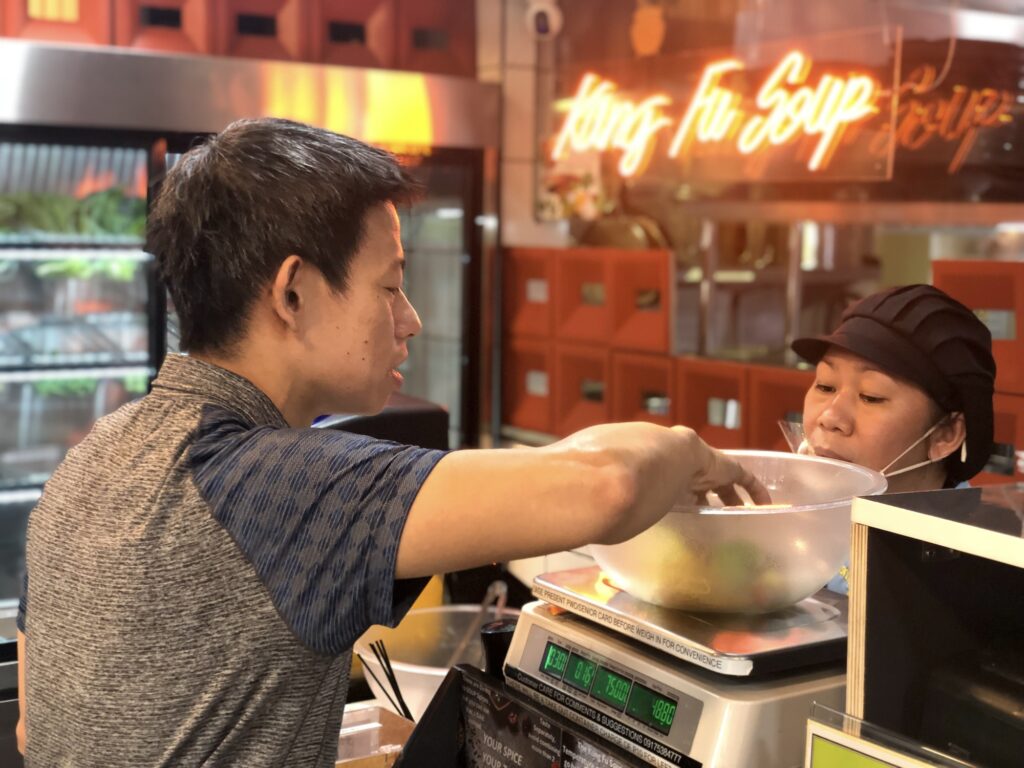
Malatang transliterated means “numb spicy hot” (麻辣燙), based on the word “mala,” which has no direct English translation but is based on the words for “spicy” (ma) and “hot” (la) as mala sauce has Sichuan peppercorns and dried chili as its base ingredients.
Malatang transliterated means “numb spicy hot” (麻辣燙), based on the word “mala,” which has no direct English translation but is based on the words for “spicy” (ma) and “hot” (la) as mala sauce has Sichuan peppercorns and dried chili as its base ingredients.
English sources have yet to settle on the dish’s definitive origin, but it’s safe to say that malatang can be traced to at least 100 years ago by the Yangtze, when intrepid street food vendors designed recipes catering to boatmen and dockside workers hustling through cold and damp conditions.
Malatang soon dispersed to all of China and recently, the northern city of Tianshui trended for its malatang, seeing a spike in local tourism. Today, the dish has since been embraced, largely in part to the diaspora, in places like Australia and Canada and is also a mainstream comfort food in Korea.
Malatang is also a kind of home
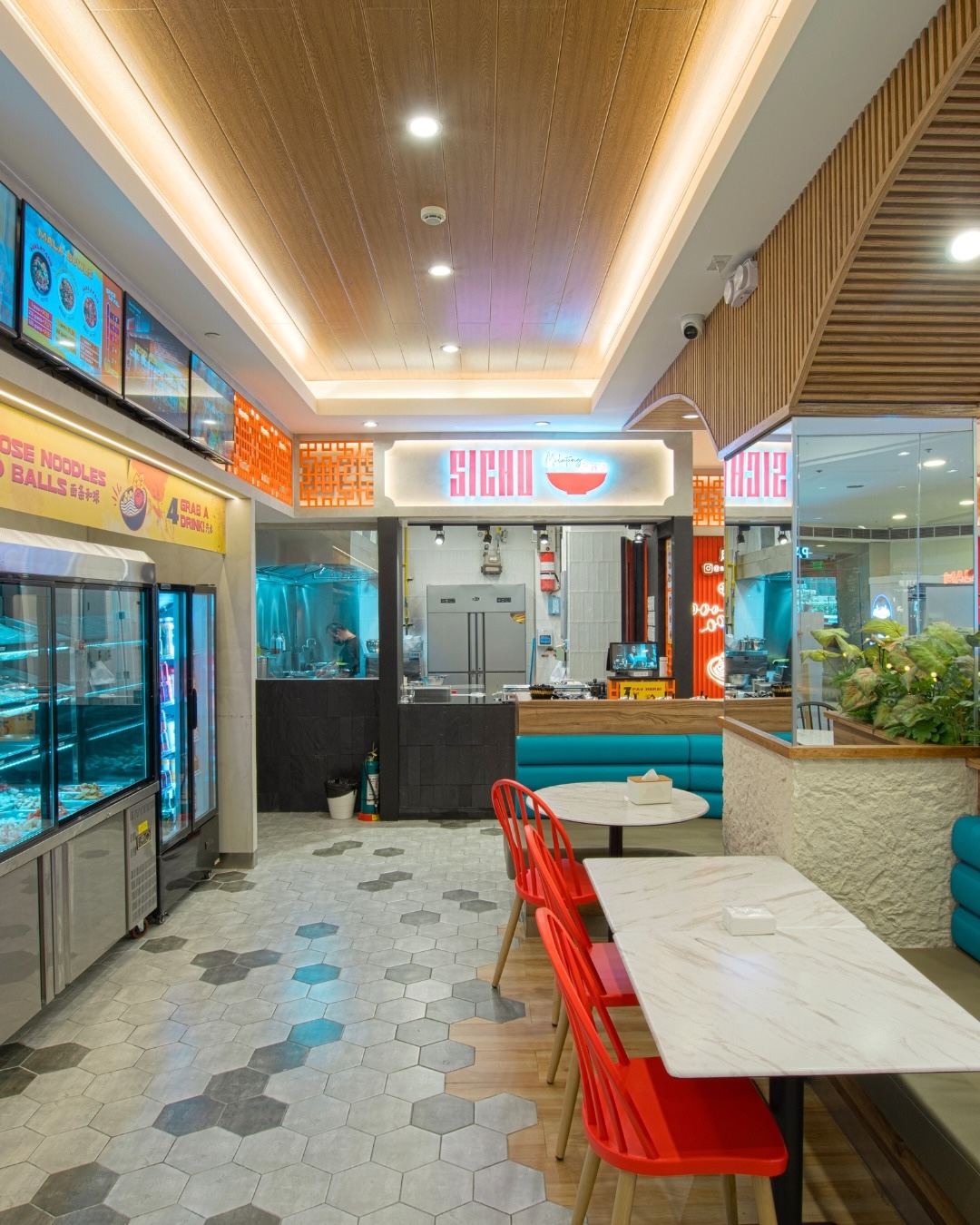
Malatang can also describe the store concept.
A malatang restaurant is pretty straightforward. Diners pick up tongs and a tray and choose from a selection of fresh ingredients, which are then weighed at the counter and charged by the gram, much like a Manila Mongolian bowl restaurant, before choosing a broth.
The malatang experience sits well with our Filipino penchant for customizing our meals, which Doreen Fernandez documented in an essay titled “Sawsawan.”
Some restaurants, like Sichu, offer only one broth but many side dishes, like egg fried rice or skewers. Other restaurants, like Souper Hot and No.1 forego these in favor of a wider selection of soup bases: green chili, vegetarian, white beef bone, and satay, to name a few.
In either case, the malatang experience sits well with our Filipino penchant for customizing our meals, which Doreen Fernandez documented in an essay titled “Sawsawan.” It was through multiple visits when I learned which soup base pairs best with which set of ingredients depending on what I want that day.

Such a setup caters to a diverse diner pool: Vegetarians and others on a diet, those looking for a finisher to a heavier meal, or refueling athletes seeking a bowl for two.
Tin notes that “the pillars of a malatang restaurant are such: affordability, quick service, and healthiness.” In contrast to a hot pot restaurant where diners sit, chat, and wait for their custom soup to finish cooking in front of them, the crew in a malatang restaurant will cook individual trays in the kitchen area in constantly-heated vats containing the soup, perfect for solo diners.

Among the current crop of restaurants, Souper Hot happens to be the most affordable, dividing its selections between “value” (P0.6/gram) and “premium” (P1.2/gram, which happens to be the base rate in Sichu and No.1) and Tin shares how many customers, some who visit daily, are actually staff from other restaurants in Cubao, or company and private drivers.
The minimum price for a bowl here is P99.00 as of press time.
It’s hard wok
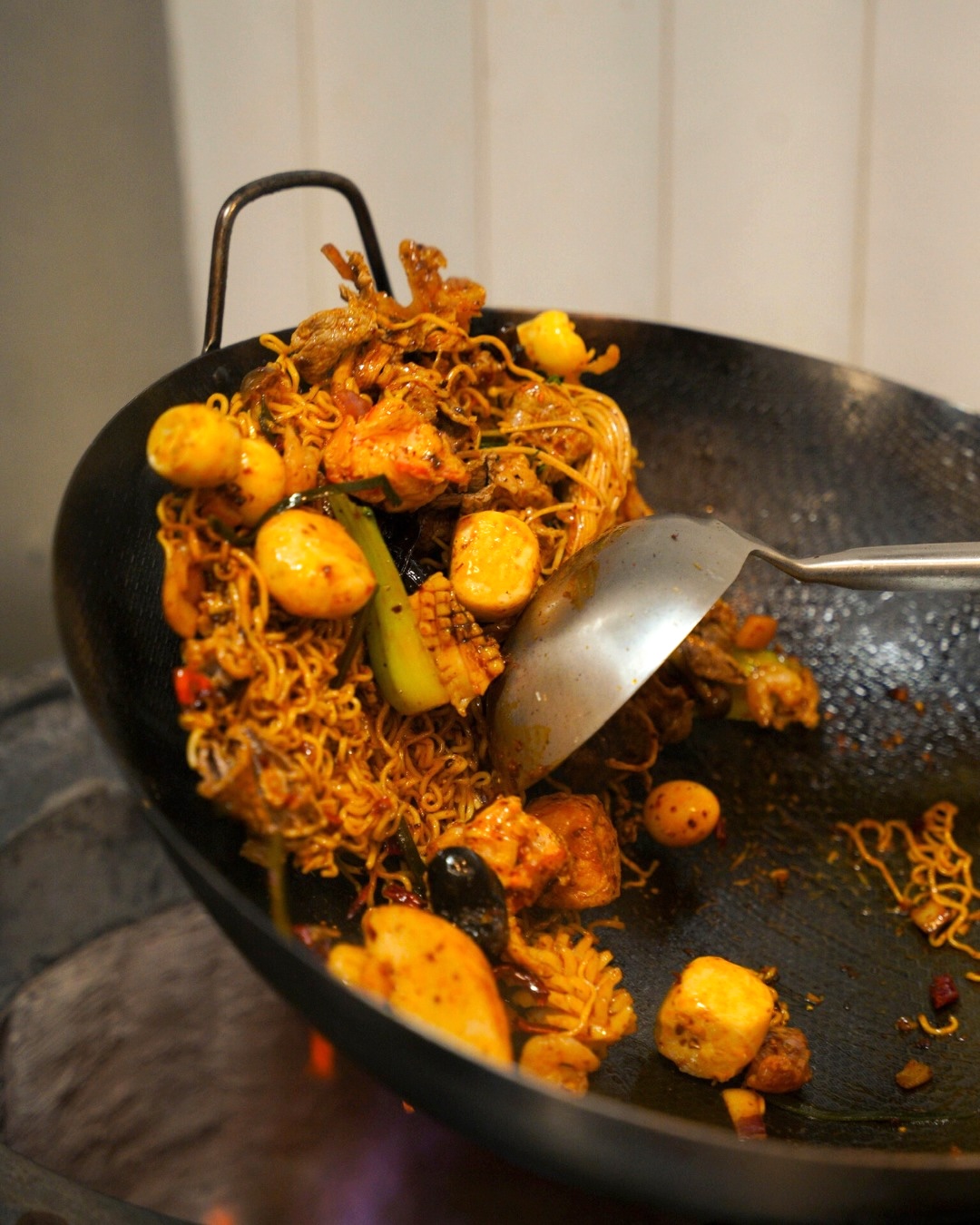
Like their mainland counterparts, Tin and Li start cooking the broth a night before the restaurant opens.
Tin shares that his broth takes a total of 12 hours’ preparation before serving, with the beef bone broth in particular needing five hours for the first boil in order to remove scum and impurities. Li meanwhile reveals that “each branch of Sichu has at least one Sichuan chef.”
Tin developed his broth selections after training in China. He then notes how “hot pot broth tends to be lighter, and the meats served tend to be more savory, using heavy ingredients like beef, goat, or pork. Malatang in contrast has lighter meat like chicken or seafood while the broths are more intense.”
Jeff Li shares that his recipe uses at least 20 herbs and spices. John Derrick Tin meanwhile puts his baseline count at 30 ingredients. Both reveal that their recipes adhere more to the mainland Chinese flavor profile.
Nonetheless, to cater to Filipino diners, both Li and Tin include beef and pork, cured, marinated, or plain salted as options in their restaurants.
Li shares that his recipe uses at least 20 herbs and spices. Tin meanwhile puts his baseline count at 30 ingredients. Both reveal that their recipes adhere more to the mainland Chinese flavor profile.
Understandably, restaurateurs factor in their clientele’s palate no matter what cuisine they’re bringing in, be it Greek, Thai, or any other tradition that detours from the staple sweet-and-salty that Filipinos love.
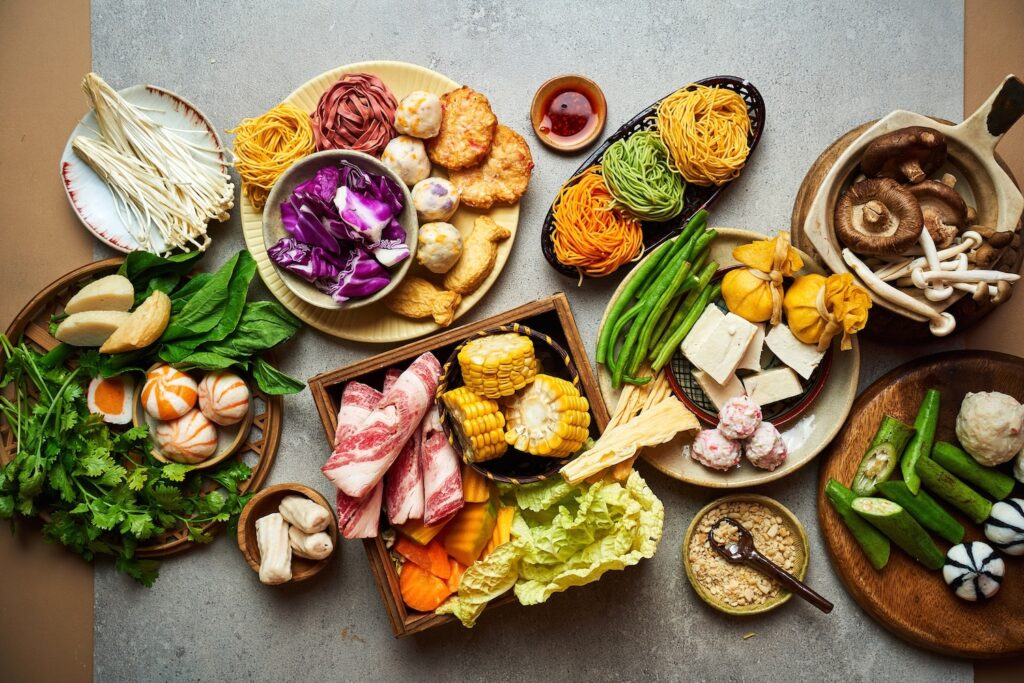
That said, it’s quite a business risk to stick to truly authentic flavors especially if these don’t often jive well with the Filipino palate. Yet malatang seems to have struck a chord. I have yet to visit central China or try Korean malatang, but both Tin and Li tell me that Chinese and Korean visitors approve.
Tin leaves out sugar, soy sauce, and salt, aside from Chinese condiments, for Filipino diners.
That said, it’s quite a business risk to stick to truly authentic flavors especially if these don’t often jive well with the Filipino palate. Yet malatang seems to have struck a chord
While their respective malatang recipes have notable differences despite both being grounded in crushed Sichuan peppercorns and dried chili, Tin and Li return to that initial experience of comfort in food as a driving force.
Malatang may be that once-every-trend dish that doesn’t need to compromise on its authenticity to win the hearts—and tongues—of Filipino diners. It’s possible that as it becomes more mainstream, Filipinized versions may eventually follow, but for now, something’s brewing, and it might just be the next welcome addition to our multicultural, go-to comfort foods.





